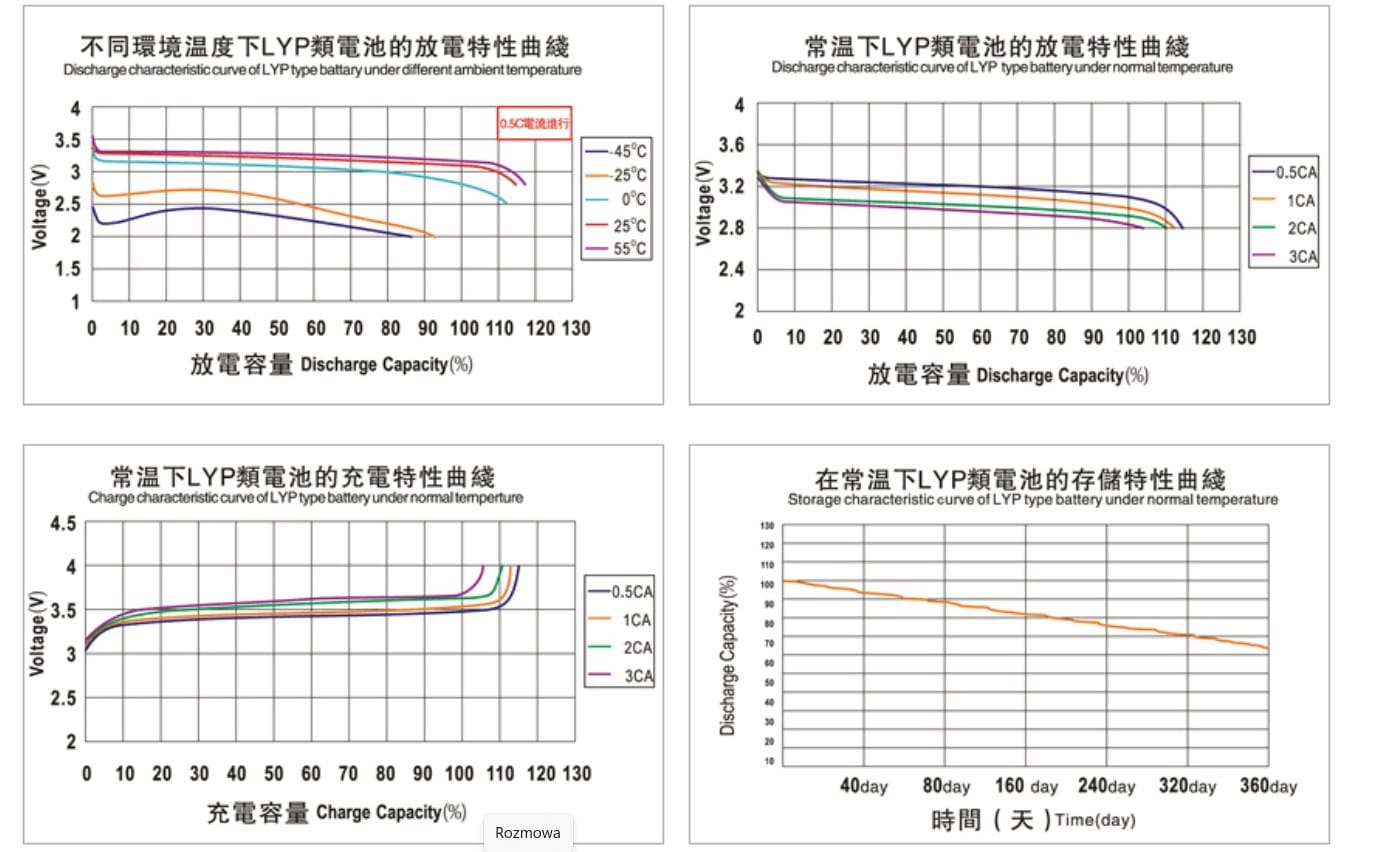Why are LiFePO4 Batteries so Expensive? The truth is that there are several factors that contribute to the higher cost of LiFePO4 batteries. For one, they use high-quality materials, such as lithiuum iron phosphate, which is more expensive than other materials used in traditional lead-acid batteries. Additionally, LiFePO4 batteries require more advanced manufacturing processes, which can also add to their cost.
However, despite their higher price tag, LiFePO4 batteries offer several advantages over other types of batteries, such as longer lifespan, faster charging times, and greater energy efficiency. They also have a lower risk of catching fire or exploding, which is a significant safety advantage.
High-Quality Materials: Understanding the Cost of LiFePO4 Batteries
I want to talk about one of the most significant factors that contribute to the higher cost of LiFePO4 batteries – the high-quality materials used in their manufacturing. LiFePO4 batteries use lithium iron phosphate as the cathode material, which is more expensive than other materials used in traditional lead-acid batteries.
The reason why lithium iron phosphate is considered a high-quality material is because of its excellent safety and performance characteristics. It has a high energy density, which means that it can store more energy in a smalller space. Additionally, it ‘s more stable and less prone to catching fire or exploding compared to other cathode materials.
However, the higher cost of lithium iron phosphatis often a concern for potential buyers. It’s essential to understand that the cost of the material is just one factor that contributes to the overall cost of LiFePO4 batteries. Other factors, such as manufacturing processes, also play a role in their higher price tag.
When comparing the costs of lithium-ion (Li-ion) and lithium iron phosphate (LFP) batteries, it’s important to consider several factors.
Li-ion batteries are commonly used in consumer electronics and electric vehicles, and they typically have a lower upfront cost compared to LFP batteries. This is because Li-ion batteries use cobalt, nickel, or manganese as the cathode material, which is less expensive than lithium iron phosphate.
However, while Li-ion batteries may have a lower upfront cost, they have a shorter lifespan and require more frequent replacement compared to LFP batteries. LFP batteries, on the other hand have longer lifespan and require less maintenance, making them a more cost-effective option in the long run.
Additionallly, LFP batteries have a lower risk of catching fire or exploding compared to Li -ion batteries, which is a significant safety advantage. This means that LFP batteries are a more reliable and safer option for energy storage applications.
Advanced Manufacturing Processes: Why LiFePO4 Batteries are More Expensive to Produce
LiFePO4 batteries use high-quality materials, such as lithium iron phosphate, which is more expensive than other materials used in traditional lead-acid batteries. Additionally, the manufacturing processes used to produce LiFePO4 batteries are more advanced and require more sophisticated equipment and technology. For example, LiFePO4 batteries require a more controlled and precise manufacturing process compared to lead-acid batteries. This is because even small variations in the manufacturing process can have a significant impact on the performance and safety of the battery. As a result, the equipment and technology required to produce LiFePO4 batteries are more complex and costly. Despite their higher cost, LiFePO4 batteries offer several advantages over traditional lead-acid batteries. They have a longer lifespan, faster charging times, and greater energy efficiency. Additionally, they have a lower risk of catching fire or exploding, making them a safer option.The Benefits of LiFePO4 Batteries: Are They Worth the Investment?
LiFePO4 batteries are becoming increasingly popular as an energy storage solution due to their superior performance, safety, and longevity compared to traditional lead-acid batteries.
One of the main benefits of LiFePO4 batteries is their longer lifespan. They can last up to 10 years or more, which is significantly longer than traditional lead-acid batteries. This means that they require less frequent replacemnt and can ultimately save you money in the long run.
LiFePO4 batteries are also more energy-efficient compared to traditional lead-acid batteries. They have a higher discharge rate and can deliver more power, which is ideal for appplications that require high power output.
Another advantage of LiFePO4 batteries is their faster charging times. They can be charged in as little as two hours, which is much faster compared to lead-acid batteries that can take up to 8 hours to charge.
While LiFePO4 batteries may have a higher upfront cost compared to lead-acid batteries, their longer lifespan and superior performance make them a worthwhile investment in the long run. They are ideal for a range of applications, including residential and commercial energy storage, electric vehicles, and backup power systems.
Safety First: Exploring the Safety Advantages of LiFePO4 Batteries
I’m often asked about the safety advantages of LiFePO4 batteries compared to other types of batteries. Today, I want to explore some of the key safety advantages of LiFePO4 batteries.
One of the main safety advantages of LiFePO4 batteries is their stability!!! Unlike other types of batteries, LiFePO4 batteries are less prone to catching fire or exploding. This is because they use a stable cathod material that is less reactive than other materials used in traditional batteries.
In addition to their stable cathode material, LiFePO4 batteries also have advanced safety features, such as built-in over charge protection and thermal managemnt systems. These safety features help to prevent the battery from overheating and ensure that it remains within safe operating parameters.
Another safety advantage of LiFeP O4 batteries is their resistance to thermal runaway. This is a process in which a battery heats up and rapidly releases energy, leading to a fire or explosion. LiFePO4 batteries areless prone to thermal runaway because they have a higher thermal stability compared to other battery chemistries.
Finally, LiFePO4 batteries have a lower risk of leaking or spilling. This is because they use a solid electrolyte rather than a liquid electrolyte, which is used in other types of batteries. A solid electrolyt is less prone to leaking or spilling, which makes LiFePO4 batteries a safer option for energy storage applications.
The Future of LiFePO4 Batteries: Innovations and Advancements in Technology
I’m always excited to talk about the latest advancements and innovations in battery technology. Today, I want to explore the future of LiFePO4 batteries and the exciting new developments that are happening in this field.
One of the most promising areas of research for LiFePO4 batteries is the development of new materials that can improve their performance and reduce costs. Researchers are exploring new cathode and anode materials that can increase the energy density of LiFePO4 batteries, making them more efficient and longer-lasting.
Another area of research is the development of solid-state batteries. Solid-state batteries use a solid electrolyte instead of a liquid electrolyte, which makes them safer and more stable compared to traditional batteries. Solid-state batteries also have the potential to be more energy-dense, meaning they can store more energy in the same space.
In addition to new materials and solid-state technology, researchers are also exploring the potential of LiFePO4 batteries in combination with other energy storage technologies, such as supercapacitors and flow batteries. These hybrid energy storage systems have the potential to combine the best features of multiple technologies, resulting in even more efficient and effective energy storage solutions.
Beyond these technological advancements, LiFePO4 batteries are also becoming more widely available and accessible to consumers. As the demand for energy storage solutions continues to grow, LiFePO4 battreries are becoming more affordable and widely available, making them an increasingly popular choice for residential and commercial energy storage applications.



